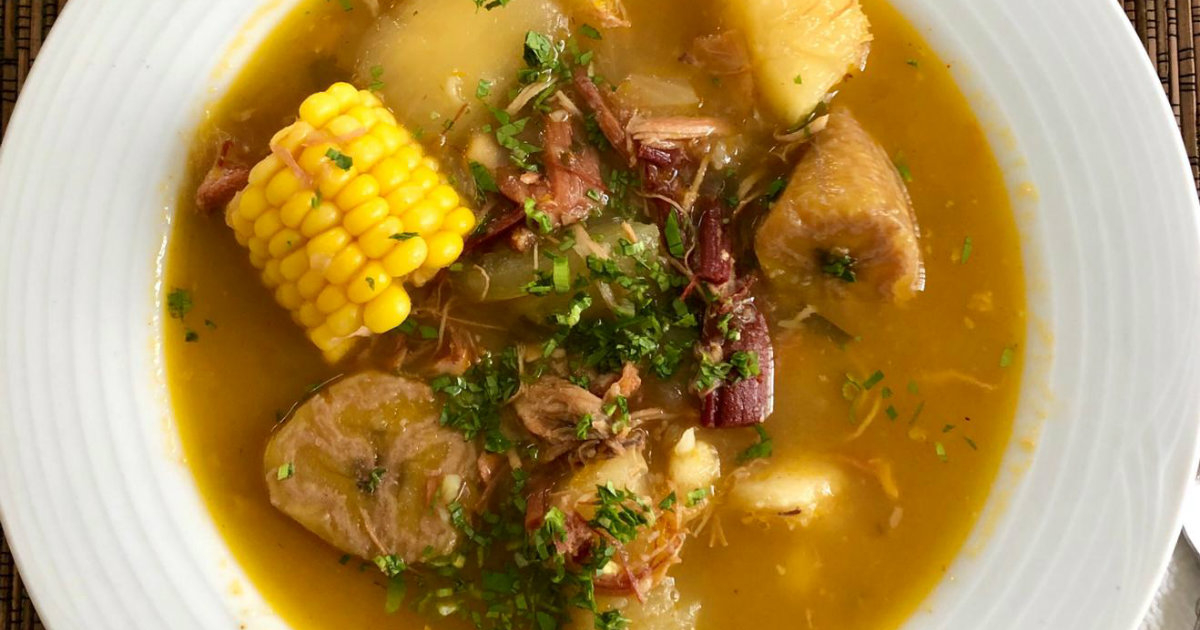
Heajiaco is a dish that every Cuban knows either because he cooked it, or ate it dozens of times. Gastronomic critics, historians, chefs and anthropologists often refer to this broth as the most compelling evidence of the Cuban transculturation process.
Those who cook in Cuban homes make ajiaco without looking at recipes. Each teacher has their own little book and also their strategies and resources to prepare it. It is a meal to share with the family and the very act of putting the pot on the fire marks the beginning of the party.
Ajiaco, a Cuban word
The word “ajiaco” was recorded for the first time by the Dominican lexicographer and geographerEsteban Pichardo and Tapia, in Cuba, in 1875. He considered it to be of Indo-Antillean origin and said that it designated a meal composed of pork, or beef, jerky, pieces of banana, cassava, pumpkins and with a lot of broth, loaded with lemon juice and hot pepper. . He also pointed out that it was accompanied by casabe and that despite being common in rural areas it was also found on some formal tables. But students of Cervantes' language detected an error in his approach: it was not Indo-Antillean.
Ajiaco is derived from the indigenous word “ají” and is accompanied by the suffix “-aco” from Spanish, which is used in a derogatory manner, for example, libraco, pajarraco, etc. The word ajiaco has been used by the Spanish since the early days of the conquest of America to refer to a food in which chili pepper was the dominant flavor. In this way anthropologists and lexicographers demonstrated the existence of a linguistic exchange between both cultures.
Cuba is an ajiaco
The Cuban anthropologist was based on these studiesDon Fernando Ortiz, to take the ajiaco as a simile of the process of formation of Cuban identity. His representation was illuminating to explain a concept as complex as transculturation and to which we Cubans owe so much from a sociocultural point of view.
Fernando Ortiz deconstructed the ajiaco, separating each element and showing its origin. From the aboriginal part we got corn, cassava, the chili that spices it and cassava. The Castilians contributed their delicious meats, the jerky, the lacón. Africans brought with them bananas, yams and their cooking techniques. And later the Asians, with their oriental spices. All this cooking in a great broth that gave rise to its own product, a different dish, in which the chili, nor the meat, nor the yam no longer shined, but rather the whole, the whole.
According to Fernando Ortiz, “Cuba is an ajiaco.” In the open pot the Cuban identity continues to reverberate. What the thinker and researcher saw as a single country, open to the world like a great pot, has multiplied with the strong migratory process that we have experienced in the last six decades. We are an international, diverse and extended community. When we unite again we will be a universal ajiaco.
Comments
Filed in: